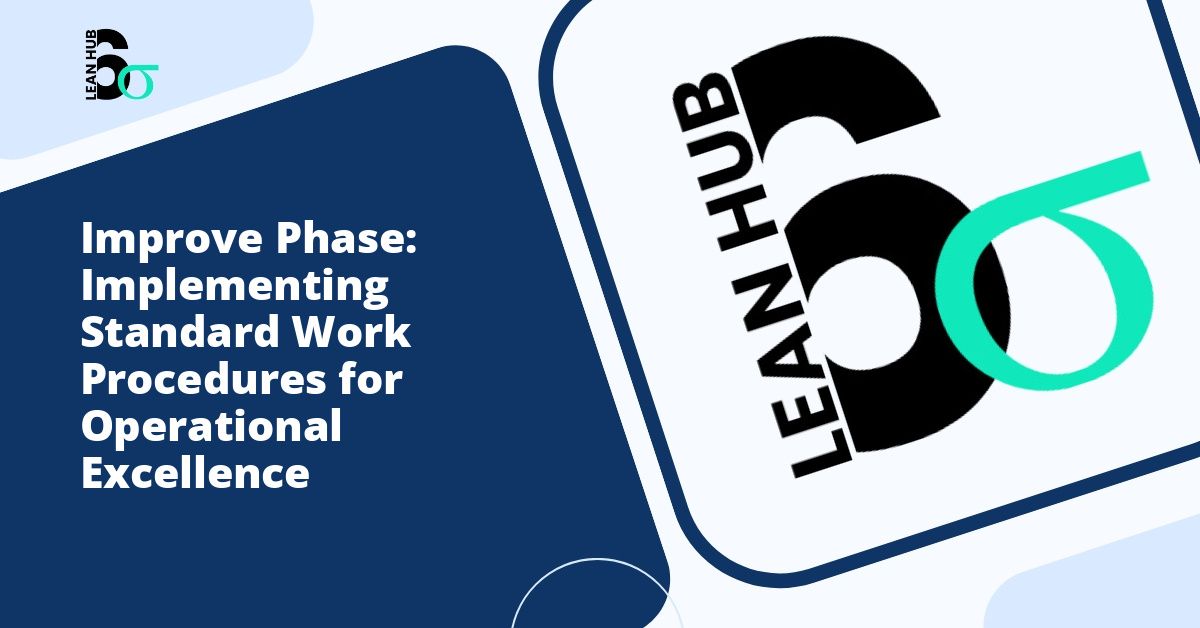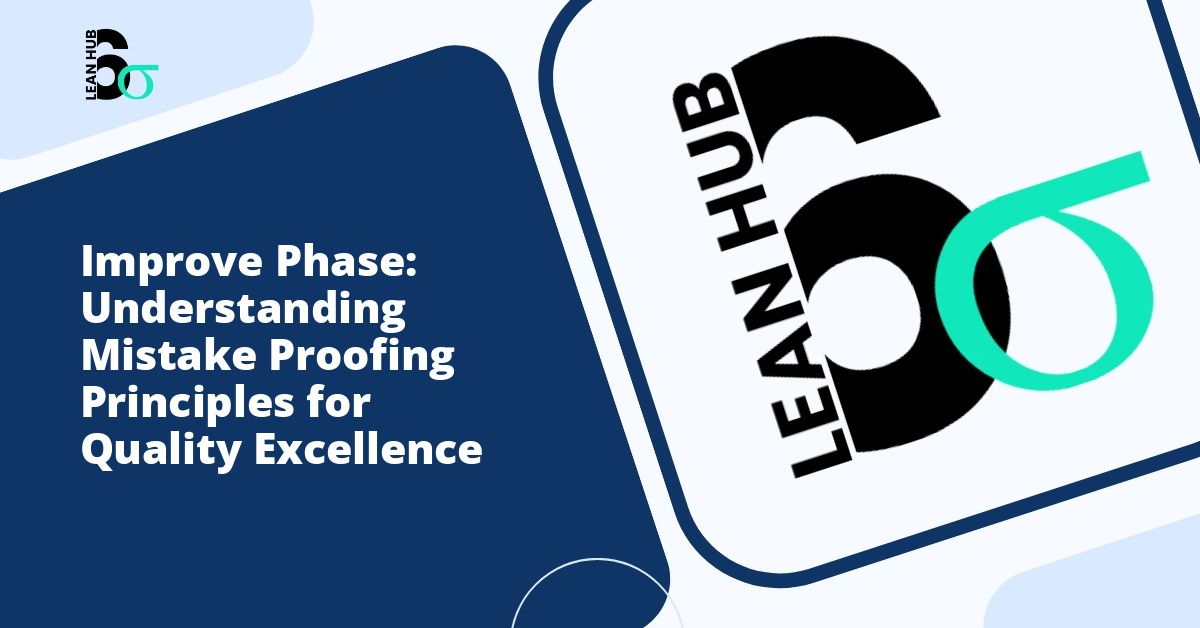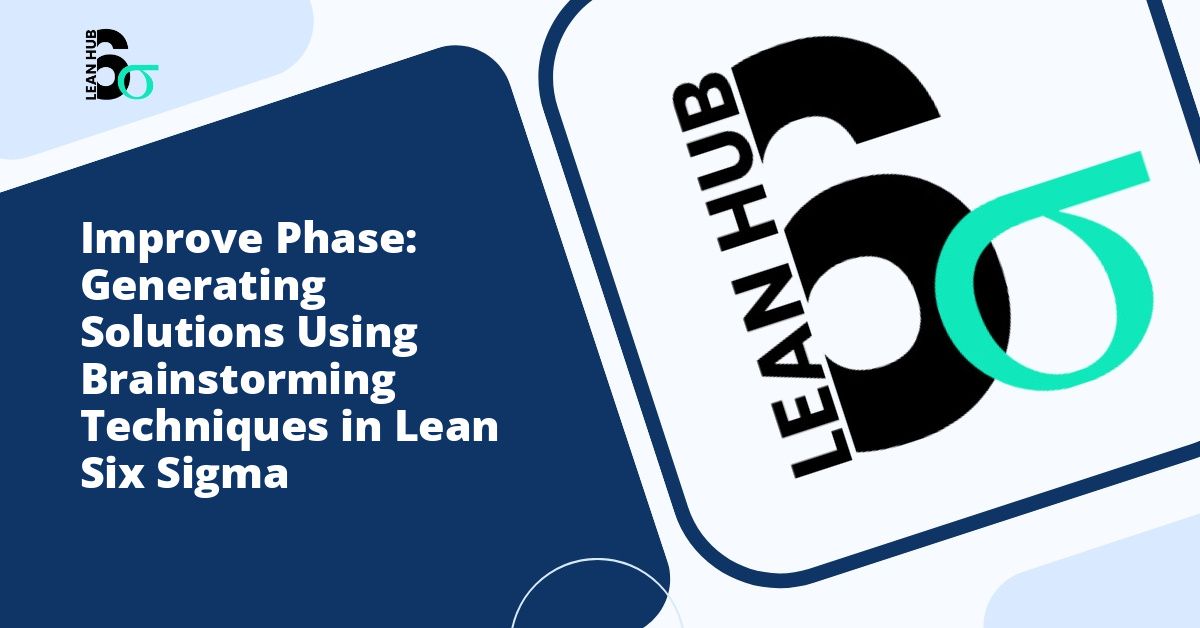When organizations face multiple improvement opportunities, choosing the right path forward can be overwhelming. A Solution Selection Matrix provides a structured, objective approach to evaluating various options and selecting the most impactful solution for your organization. This powerful decision-making tool transforms subjective opinions into quantifiable data, ensuring that resources are invested in initiatives that deliver maximum value.
Understanding the Solution Selection Matrix
A Solution Selection Matrix is a systematic evaluation framework that helps teams compare multiple solutions against predetermined criteria. This tool becomes particularly valuable during the recognize phase of improvement initiatives, where identifying and prioritizing opportunities can make or break project success. The matrix assigns weighted scores to each potential solution based on specific criteria, allowing teams to make data-driven decisions rather than relying on intuition or personal preferences. You might also enjoy reading about How to Generate Improvement Solutions: Brainstorming Techniques for Six Sigma Teams.
The beauty of this approach lies in its objectivity. By establishing clear evaluation criteria before examining solutions, teams can minimize bias and ensure that every option receives fair consideration. This structured methodology aligns perfectly with lean six sigma principles, which emphasize data-driven decision-making and systematic problem-solving approaches. You might also enjoy reading about Lean Six Sigma Improve Phase: The Complete Guide for 2025.
Why Organizations Need a Structured Selection Process
Without a formal selection process, organizations often fall into common decision-making traps. Personal biases, political considerations, and the loudest voices in the room can overshadow objective analysis. The Solution Selection Matrix addresses these challenges by creating a level playing field where each option is evaluated against the same standards.
Furthermore, this approach promotes transparency and buy-in from stakeholders. When team members understand how decisions are made and can see the rationale behind selections, they are more likely to support the chosen direction. This transparency becomes especially critical in cross-functional teams where different departments may have competing priorities and perspectives.
Building Your Solution Selection Matrix
Step 1: Define Your Evaluation Criteria
The foundation of an effective Solution Selection Matrix begins with identifying the right criteria for evaluation. These criteria should reflect your organization’s strategic priorities and the specific context of your improvement initiative. Common evaluation criteria include:
- Implementation cost and required investment
- Expected return on investment or cost savings
- Timeline for implementation and results
- Resource requirements and availability
- Technical feasibility and complexity
- Risk level and potential obstacles
- Alignment with strategic objectives
- Impact on customer satisfaction
- Sustainability and long-term benefits
- Employee acceptance and cultural fit
Select between five and ten criteria that are most relevant to your situation. Too few criteria may oversimplify the decision, while too many can create unnecessary complexity and dilute the analysis.
Step 2: Assign Weights to Your Criteria
Not all criteria carry equal importance. Weighting allows you to reflect the relative significance of each factor in your decision-making process. Assign weights on a scale that totals 100 percent or 1.0, distributing higher weights to criteria that matter most to your organization’s success.
For example, if cost reduction is your primary objective, financial criteria might receive a combined weight of 40 percent, while implementation timeline might receive only 15 percent. This weighting system ensures that your matrix reflects actual organizational priorities rather than treating all factors as equally important.
Step 3: Establish Your Rating Scale
Create a consistent rating scale to evaluate each solution against your criteria. A simple 1 to 5 scale works well for most situations, where 1 represents poor performance against a criterion and 5 indicates excellent performance. Alternatively, you might use a 1 to 10 scale for greater granularity in your evaluation.
Define what each rating level means for each criterion to ensure consistency in scoring. For instance, when rating implementation cost, you might define a score of 5 as requiring minimal investment (under $10,000), while a score of 1 might represent significant investment (over $100,000).
Step 4: Score Each Solution
Now comes the evaluation phase. For each potential solution, assign a rating for every criterion based on your established scale. This process works best when conducted collaboratively with subject matter experts who can provide informed assessments for different aspects of each solution.
During the recognize phase of lean six sigma projects, involving cross-functional team members in the scoring process brings diverse perspectives and reduces individual bias. Document the reasoning behind scores to maintain transparency and create a reference for future reviews.
Step 5: Calculate Weighted Scores
Multiply each rating by its corresponding criterion weight, then sum these weighted scores for each solution. The solution with the highest total weighted score represents the optimal choice based on your evaluation framework. This mathematical approach removes emotion from the final decision and provides clear justification for the selected path forward.
Practical Application in Lean Six Sigma Projects
Within lean six sigma methodology, the Solution Selection Matrix serves as a critical tool during the recognize phase and continues to provide value throughout the improvement journey. During the recognize phase, teams identify opportunities, define problems, and determine which projects deserve attention and resources. The matrix helps teams move beyond surface-level assessments to conduct rigorous evaluations of potential initiatives.
Consider a manufacturing organization facing quality issues in multiple product lines. Using a Solution Selection Matrix, the team can evaluate potential improvement projects against criteria such as defect frequency, customer impact, production volume, and resource availability. This structured approach ensures that the team tackles the most critical quality issue first, rather than simply addressing the most visible or recently complained-about problem.
Common Pitfalls and How to Avoid Them
While the Solution Selection Matrix is a powerful tool, several common mistakes can undermine its effectiveness. First, avoid selecting criteria or weights after viewing the solutions. This reverses the process and introduces bias, as team members may unconsciously weight criteria to favor their preferred option.
Second, resist the temptation to manipulate scores to achieve a predetermined outcome. If stakeholders believe the matrix is being used to justify a decision already made, trust in the process evaporates. Maintain integrity by documenting assumptions and inviting scrutiny of your scoring rationale.
Third, do not let the matrix make the decision in isolation. The highest-scoring solution deserves serious consideration, but leadership judgment remains important. If the matrix produces a surprising result, investigate why. Perhaps the criteria or weights need adjustment, or maybe the analysis has revealed insights that challenge conventional thinking.
Enhancing Team Buy-In and Communication
The Solution Selection Matrix does more than identify optimal solutions; it facilitates productive conversations and builds consensus. When presenting your analysis to stakeholders, walk them through the process step by step. Explain how criteria were selected, how weights were determined, and how scores were assigned. This transparency demonstrates rigor and professionalism.
Visual presentation enhances understanding. Create a matrix chart showing all solutions, criteria, weights, and scores in a single view. Color-coding can highlight high-scoring and low-scoring combinations, making patterns immediately apparent. This visual approach helps stakeholders quickly grasp the analysis and the rationale behind the recommendation.
Conclusion
The Solution Selection Matrix transforms complex decisions into manageable, objective processes. By systematically evaluating multiple options against weighted criteria, organizations can confidently choose improvement initiatives that deliver maximum value. This approach aligns perfectly with lean six sigma principles and proves particularly valuable during the recognize phase when teams must prioritize among competing opportunities.
Implementing this methodology requires discipline and commitment to objectivity, but the benefits far outweigh the effort. Teams make better decisions, stakeholders understand the rationale behind choices, and resources flow toward initiatives with the greatest potential for impact. Whether you are addressing quality issues, streamlining processes, or pursuing strategic innovations, the Solution Selection Matrix provides the structure needed to choose wisely and move forward with confidence.








